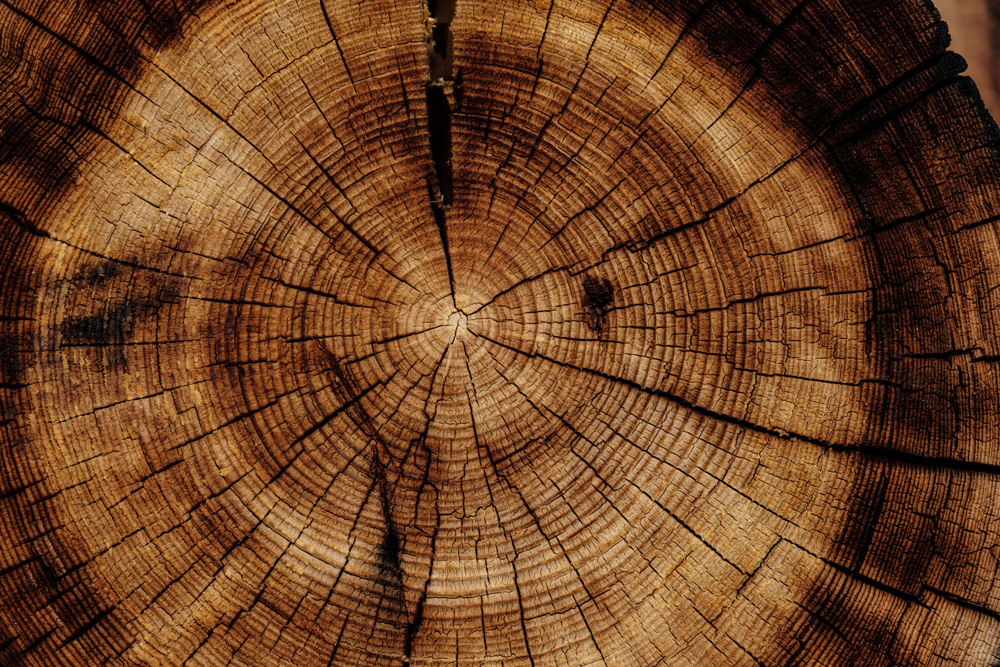Bioeconomy or bio-based economy is often seen as one of the concepts that define sustainable development. Not surprisingly, the talks about bioeconomic transition didn’t escape the discussions at the Development Research Conference: Rethinking Development 2018 in Gothenburg, Sweden.
Focusing on sustainable wood production, the research presented at the event highlighted that landscape restoration is the very base of bio-based development trajectory, suggesting a crucial sustainability criterion as a way to craft the good wood value chains.
Practically speaking, bioeconomy is still in its infancy. However, it’s already clear that replacing plastics and other fossil fuels-based commodities will increase demand for forest-based products. In fact, without the best sustainable forest management practices, this scenario is likely to do more harm than good.
According to Niles J. Hasselquist (Swedish University of Agricultural Sciences, SLU), most of this demand will focus on tropical forests, many of which are already degraded. So, achieving high economic value with minimal adverse effects on ecosystems should be the governing principle the future of bioeconomy. Hasselquist and his collaborators are studying the landscape in Borneo to pinpoint the first steps in this direction.
The researchers have already looked at the species prominent on local plantations, such as rubber, eucalyptus, oil palm and acacia. While these species serve as cash crops, all of them are exotic to Borneo and don’t generate the highest value to the local ecosystems. And, therefore, are not the most preferable when it comes to restoration. So, even though, rubber, eucalyptus, oil palm and acacia are high value cash crops, they can’t be the base for a sustainable bioeconomy in Borneo.
“After we did this initial investigation, we had to look further around and then it hit us: Borneo has over a thousand of tree species, but we were not even paying attention to this diversity!” says Nile Hasselquist.
So, the researchers decided to reconsider their tactics and first identify local species that are champions in nutrient recycling, deliver high ecosystem value and are effective in carbon sequestration, and then see what the economic value of these natural services is. “Putting a price on how trees purify water or enrich soils is still a challenge. So, we are also trying to tide the value of ecosystem services to the benefits they have for human health – a currency that is easier to express in economic terms,” says Nile Hasselquist.
Although, Borneo is only a dash of the tropics, the research by Hasselquist puts a finger on bioeconomy sustainability criterion: Ecosystem services at source and their value for health of local communities have to underpin development of any bio-based product.
Indeed, as shown by the work of the Good Wood Program run by the Eco Innovation Foundation, embracing this guiding principle is key for developing well-functioning timber markets and wood products, which will drive sustainable global forestry in the long run.
The Good Wood Program focuses on coining sustainable value chains for wood products, establishing the links between smallholder producers, sawmills, manufactures, retailers and final consumers through value chain start-up projects.
By all means, in its essence it is a business development initiative. However, the aim of this program is protection, rehabilitation and restoration of threatened forests in the global South. This business idea is anchored in sustainable forest practices at source and provides inspiration for other bioeconomic beginnings.
“In the future, businesses and governments will have to invest in restoration because economic value will depend on healthy productive ecosystems,” says Klas Bengtsson of the Eco Innovation Foundation.
He continues: “We need to develop sustainable wood products because development aid will never be able to deliver large scale restoration. It only will happen if we manage to build sustainable wood value chains and products.”
This article is inspired by the presentations at the “Restore More – it’s all about Multifunctional Landscapes” session at the Development Research Conference: Rethinking Development 2018.
